Benefits of Overnight Monitoring for Those Recovering from COVID-19 | CMI Health Blog

What is Overnight Monitoring?
For those who are unaware, pulse oximetry is an easy, non-invasive way to observe and track blood oxygen levels (SpO2 %) and pulse rate (PR). Due to the constant cycle of breathing and oxygen intake, these values can change quickly. For those diagnosed with chronic lung disease, heart disease, or acute illnesses such as Covid-19, continuous monitoring can provide an early indication of more serious underlying health issues. Overnight monitoring is beneficial for many as it can alert the user or their caretaker to a sudden drop in SpO2 or pulse rate. This can signify the user is not getting enough oxygen, possibly due to illness or lung obstruction.
Through the use of medical-grade at-home pulse oximeters, such as the PC-66L, users can accurately measure their SpO2 and pulse rate throughout the night. Not only are portable home-use pulse oximeters more affordable, but they also allow users to record personalized SpO2 data that can then be shared and reviewed by their physician. For those with breathing disorders, pulse oximeters can alert the user or a family member to dangerous drops in SpO2 levels or pulse rate. Such alerts can make a huge difference in dangerous situations.
For more information on Overnight Monitoring, click here!
Benefits of Overnight Monitoring with COVID-19
SARS-CoV-2, commonly known as Covid-19, has continued to resurface as a dangerous pathogen. Covid-19's direct association and subsequent impact on the lungs can result in both short-term and long-term damage that may impact an individual's ability to breathe and obtain enough oxygen. By continuously monitoring SpO2 levels, users can identify dangerous drops in their blood oxygen content, alerting them to more serious medical problems. This is especially important for those diagnosed with COVID-19 as it has been shown to induce silent hypoxia, a decrease in overall blood oxygen that often does not produce any visible symptoms for days (Rahman et al. 2021).
“Thus, it is evident that COVID-19 patients can suffer from silent hypoxia which will not induce any shortness of breathing initially but might incur rapid damage within the patients...” (Rahman et al. 2021).
By the time a patient becomes aware of their worsening condition, silent hypoxia may have been present for days. If untreated, silent hypoxia may result in prolonged infection and may increase the risk of long-term lung damage. Pulse oximetry is capable of registering such drops in oxygen saturation, allowing the user to take medical action days before they begin experiencing major symptoms. For more information on Hypoxia/Hypoxemia, click here.
Using Pulse Oximetry to monitor overnight lung function is a reliable method of obtaining accurate information regarding user lung function, breathing treatment efficacy, and general respiratory health (Singh et al. 2020). This can be applied to infants, children, adults, and the elderly as lung health affects everyone, regardless of age.
CMI Health offers a variety of Pulse Oximeters that are suitable for overnight usage. This includes our PC-66L Rechargeable Pulse Oximeter, PC-66H Battery Operated Pulse Oximeter, and the OxyKnight Watch.
It is good to note that there is a difference between spot checking and continuous monitoring. Continuous Monitoring is suggested for users that need to consistently monitor their oxygen levels throughout the day or overnight. Spot-check monitoring is suggested for users who only need to check their SpO2 levels periodically.
Still have questions? Feel free to contact us at info@cmihealth.com or call our customer service hotline at 888-985-1125 (ext. 1).

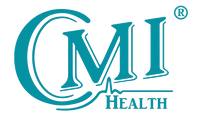


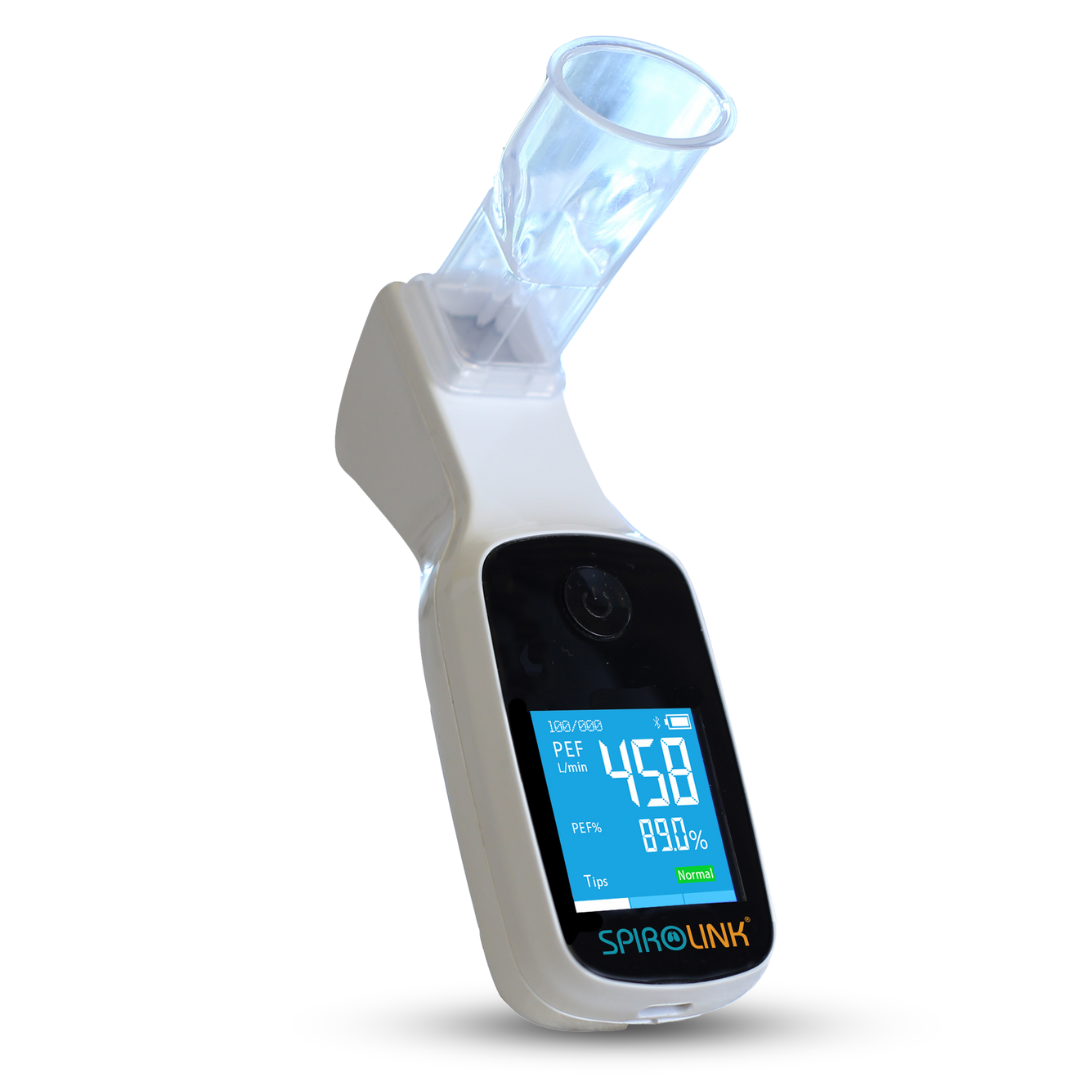
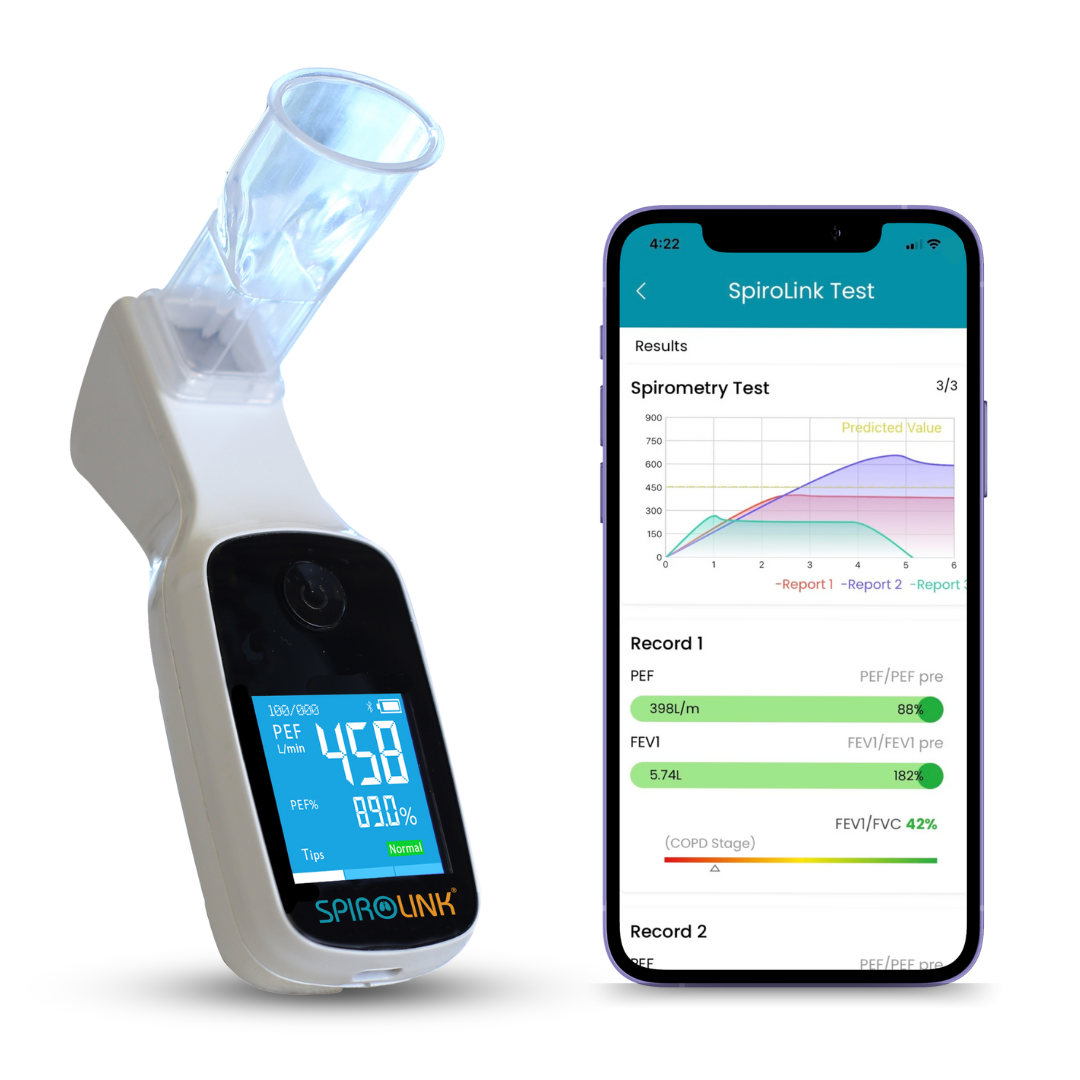
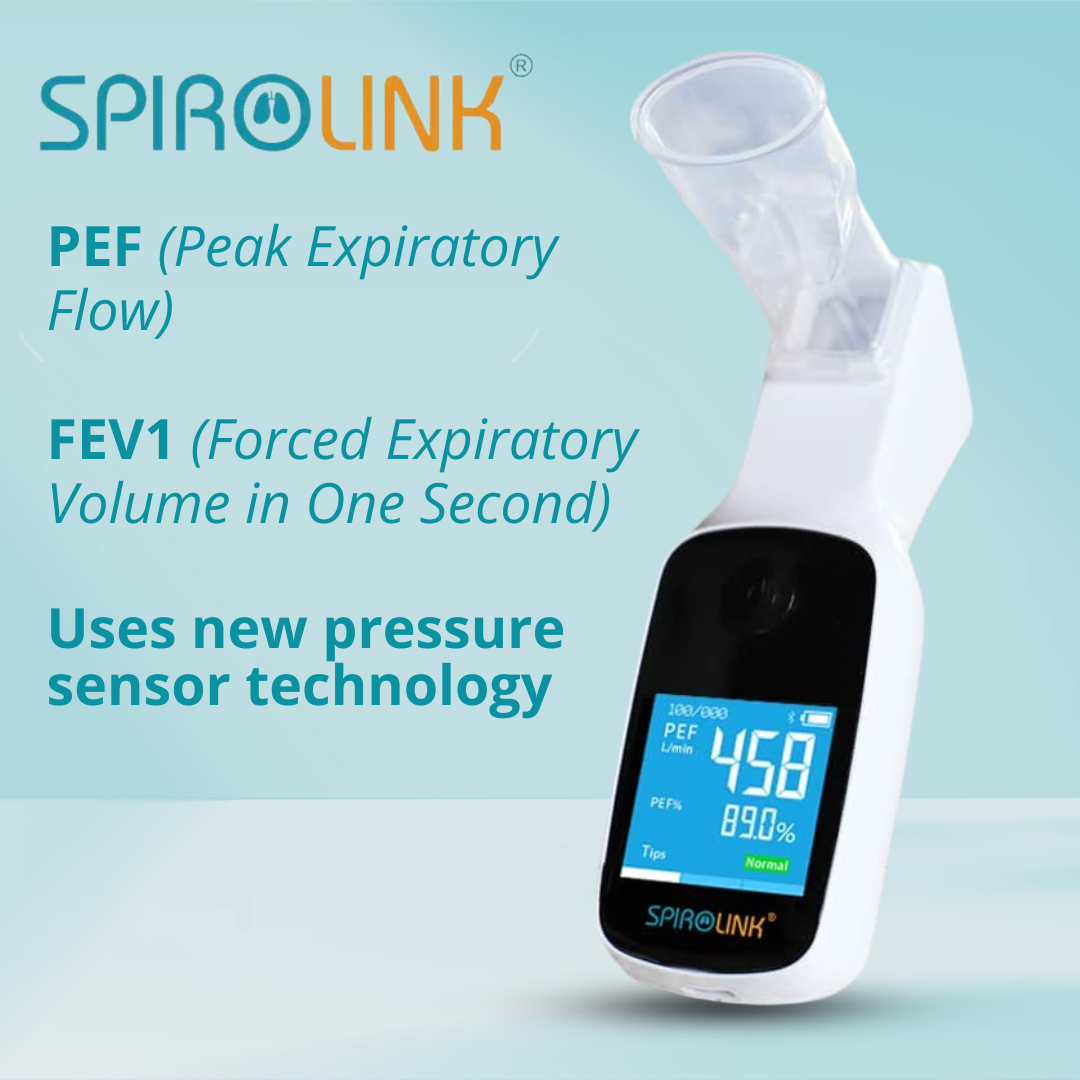
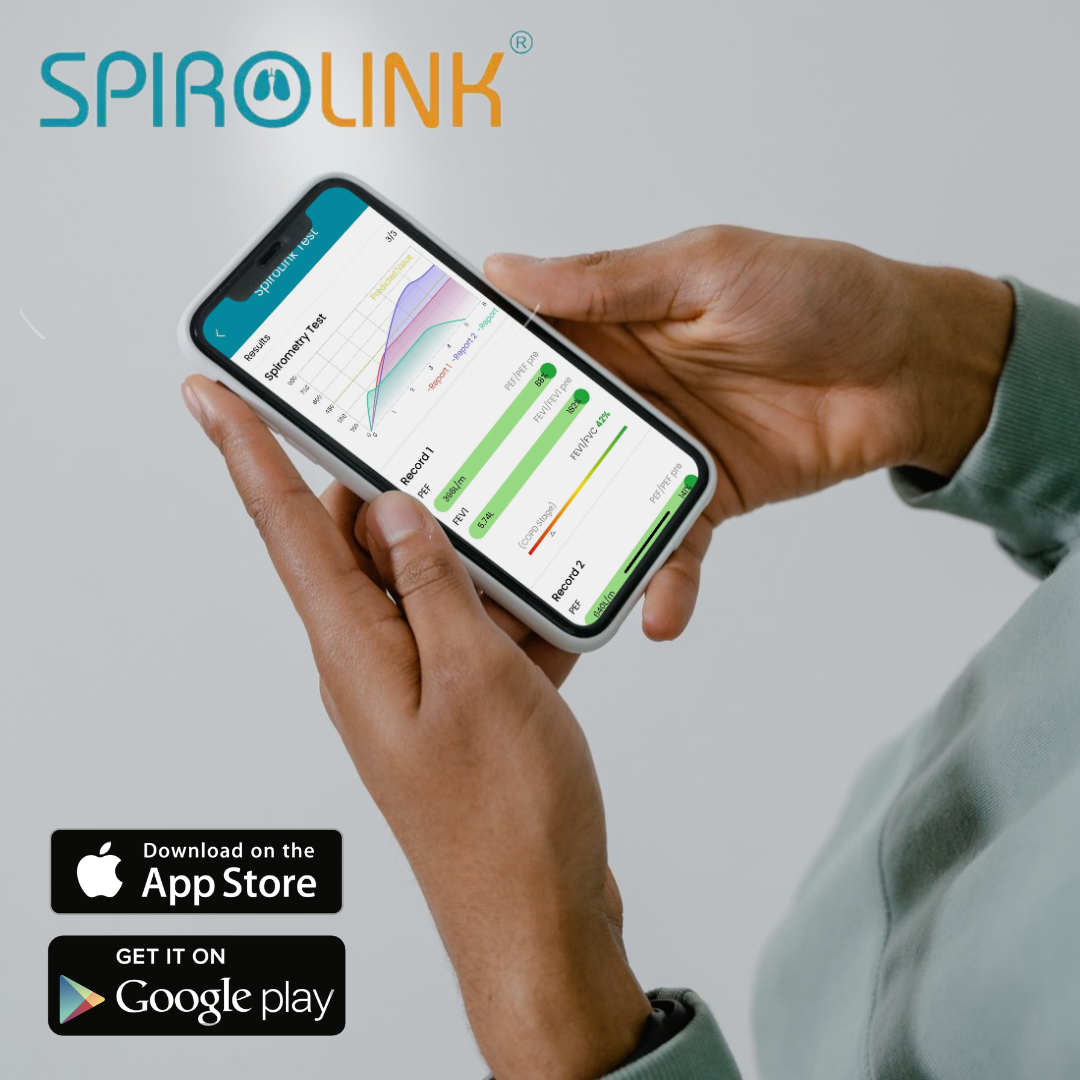
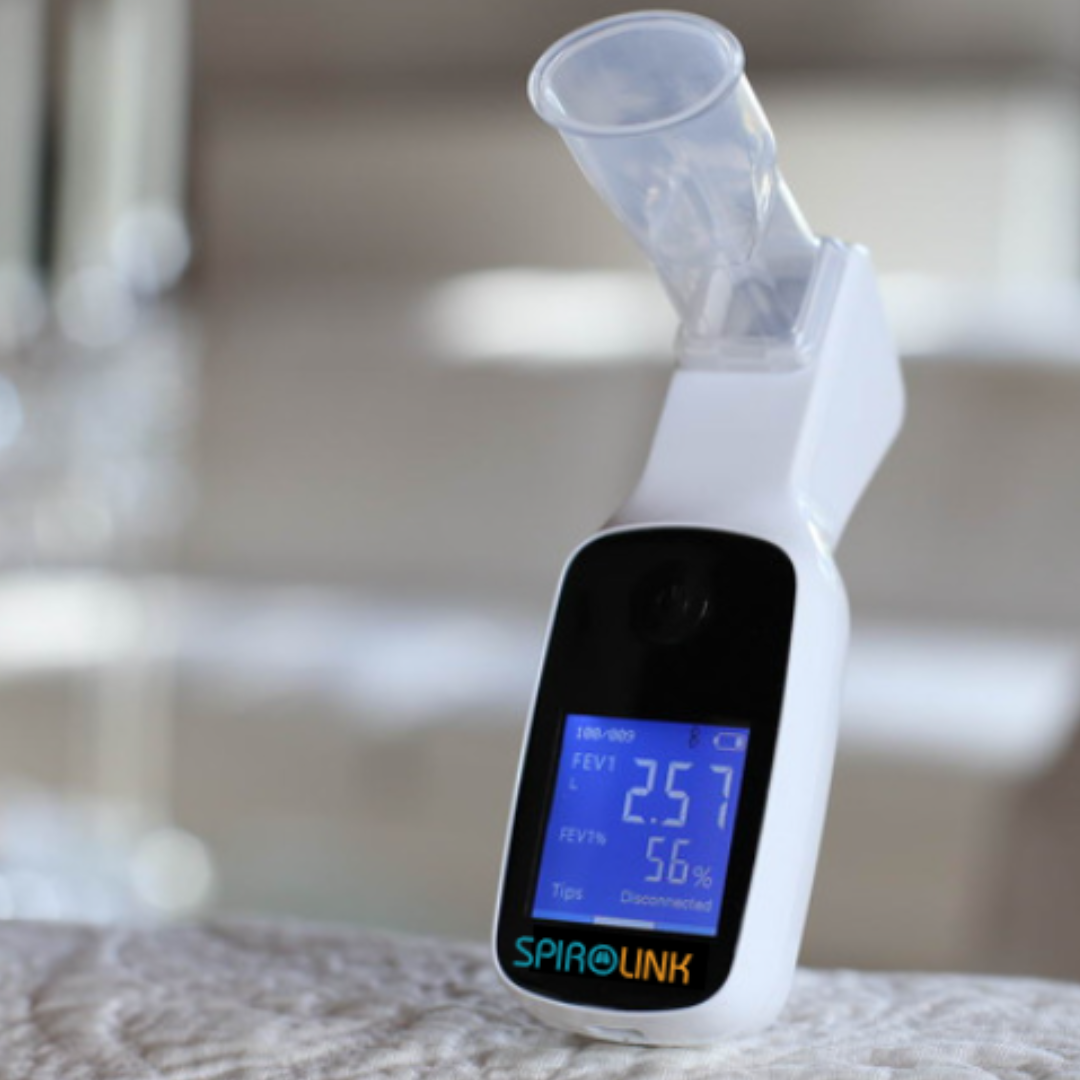
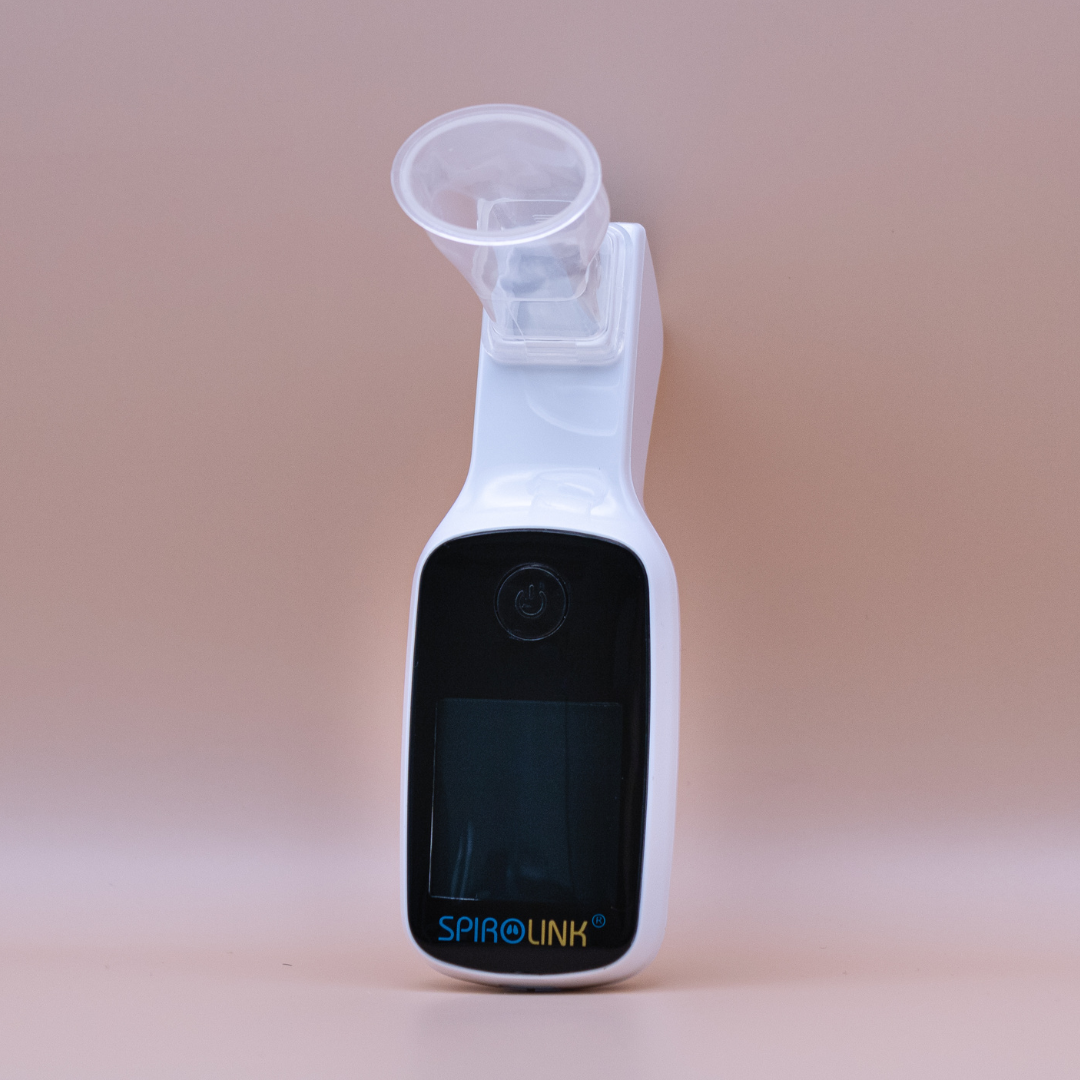
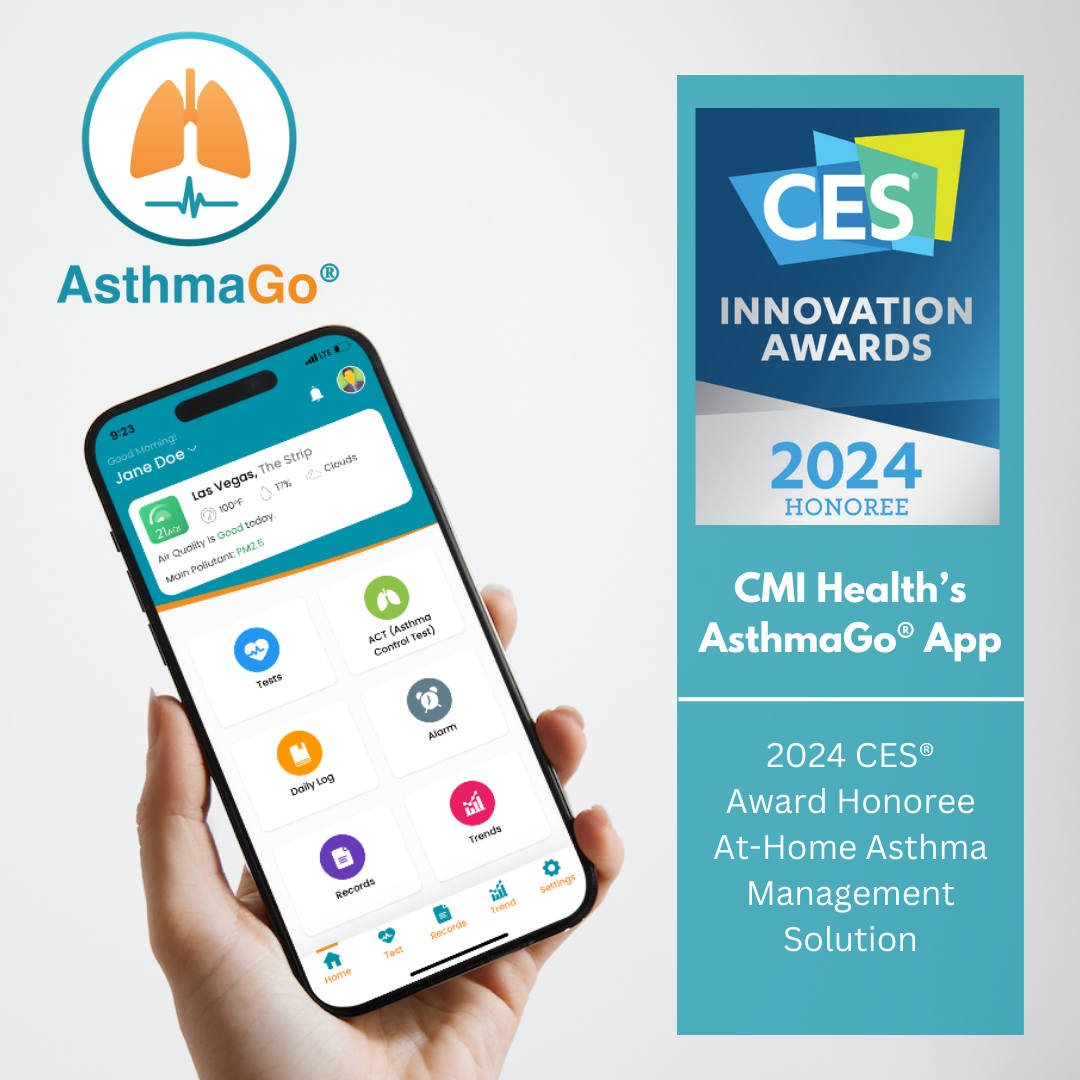
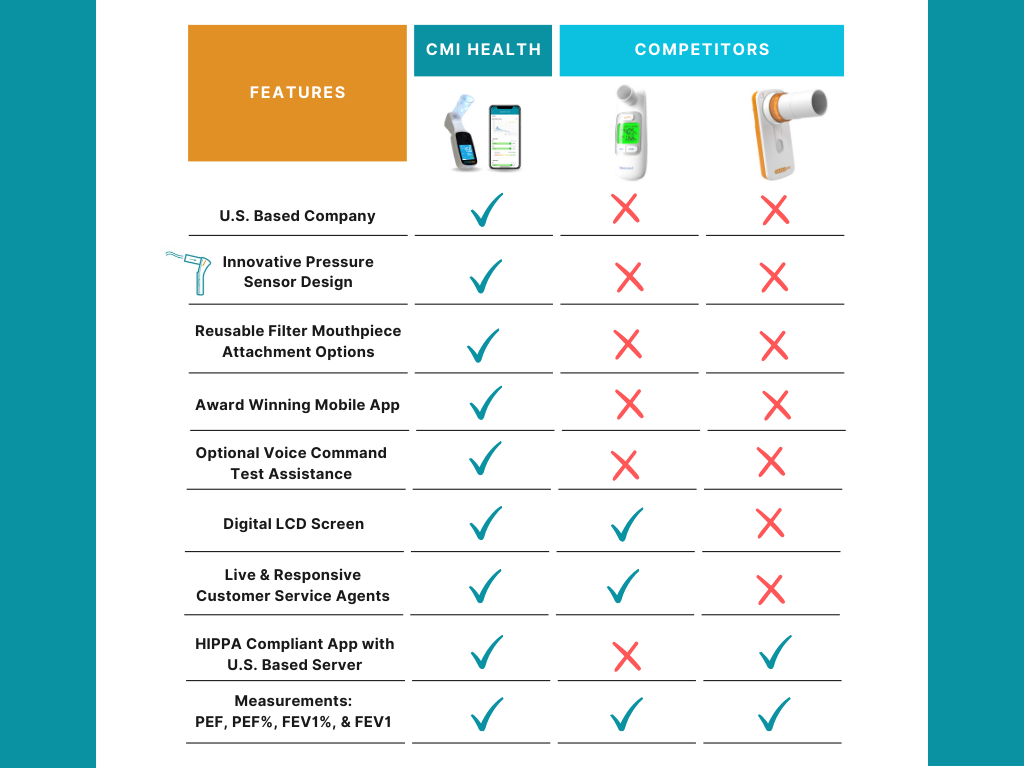
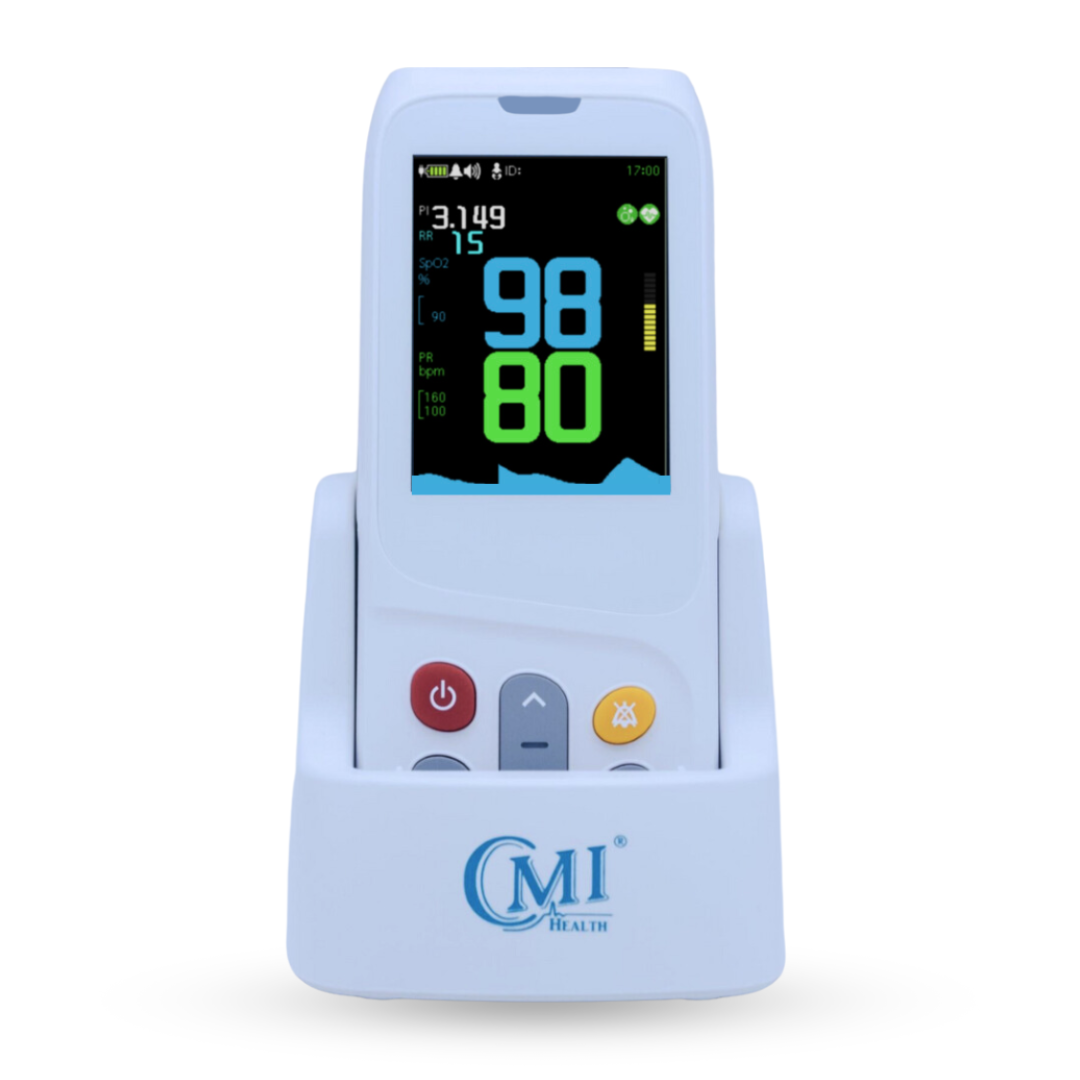
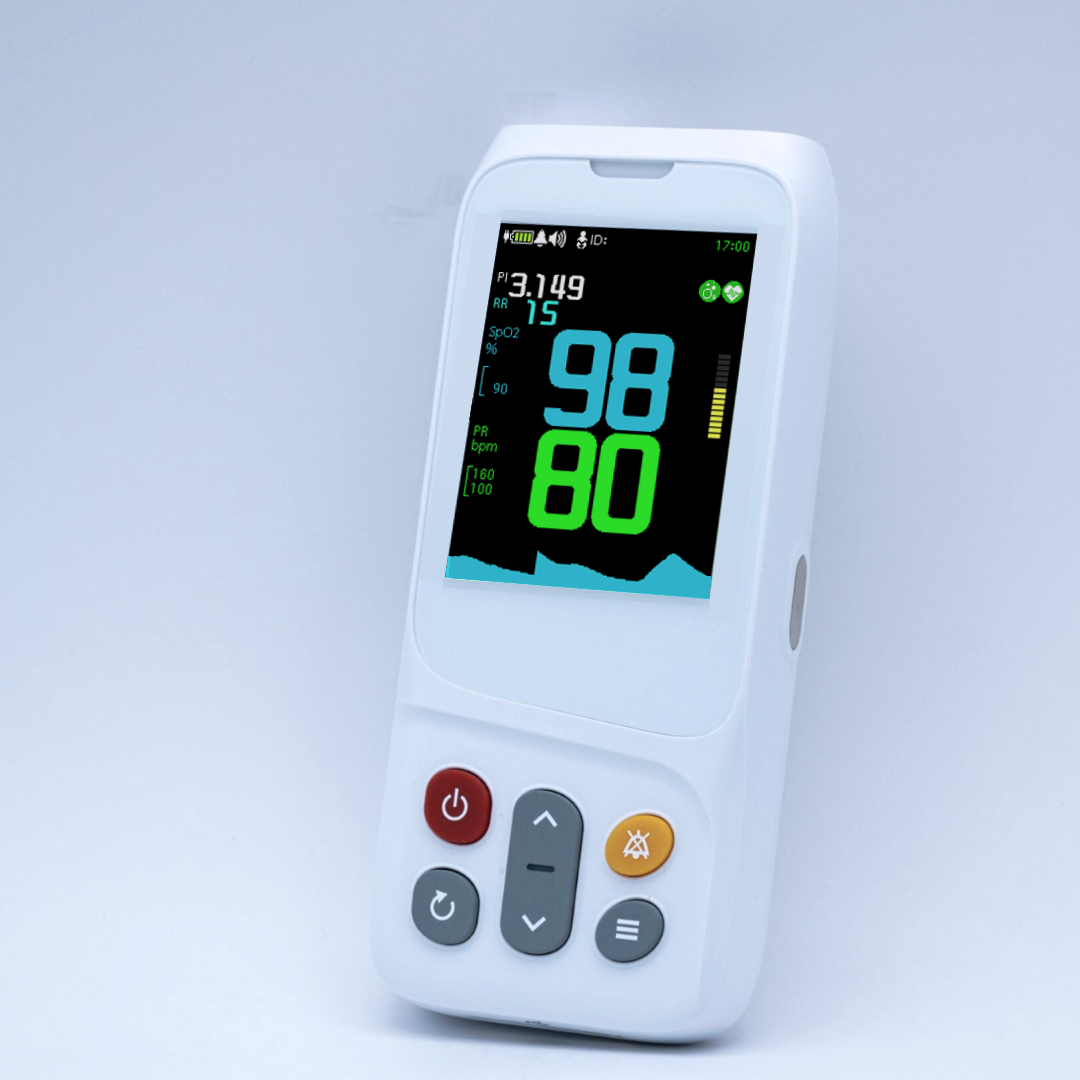
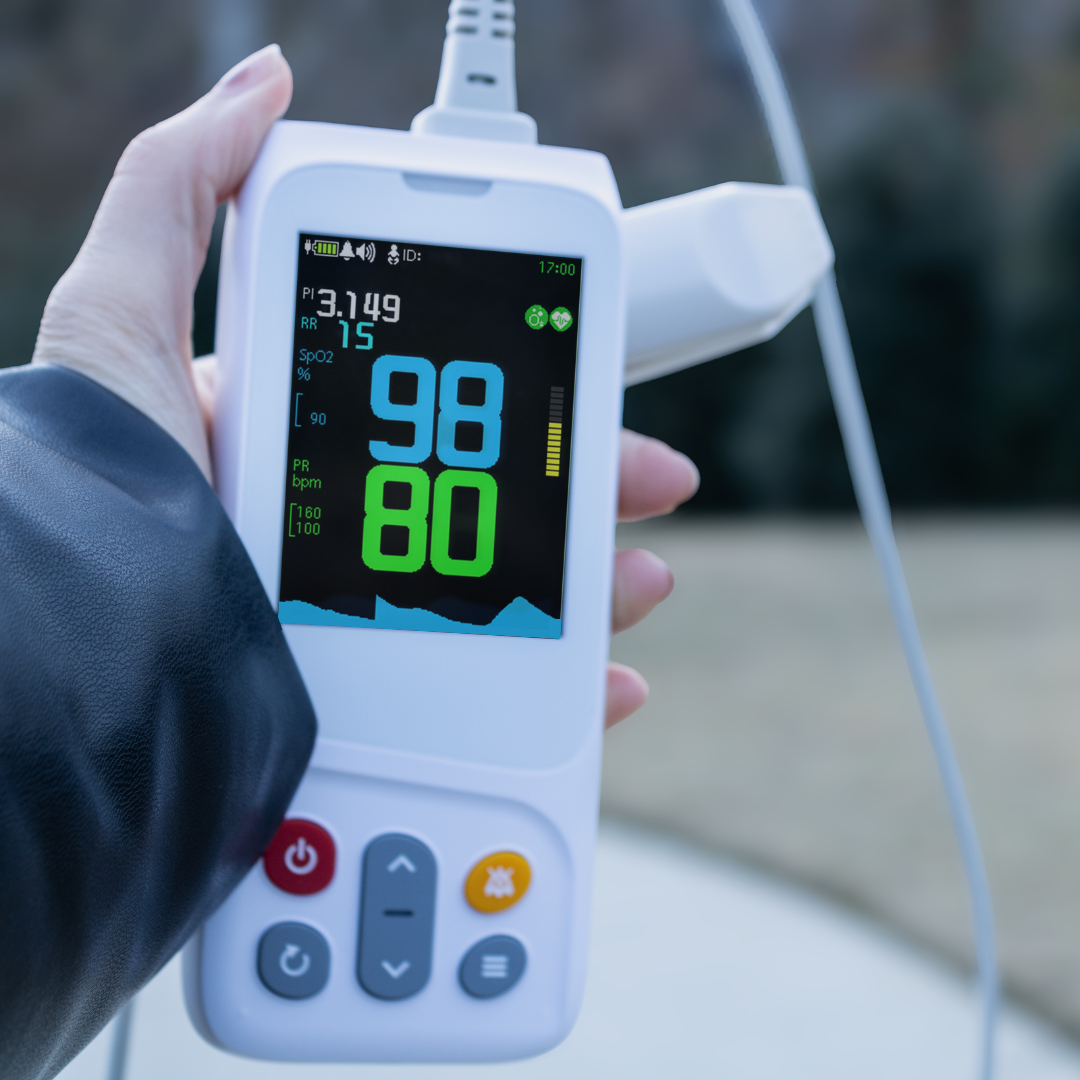
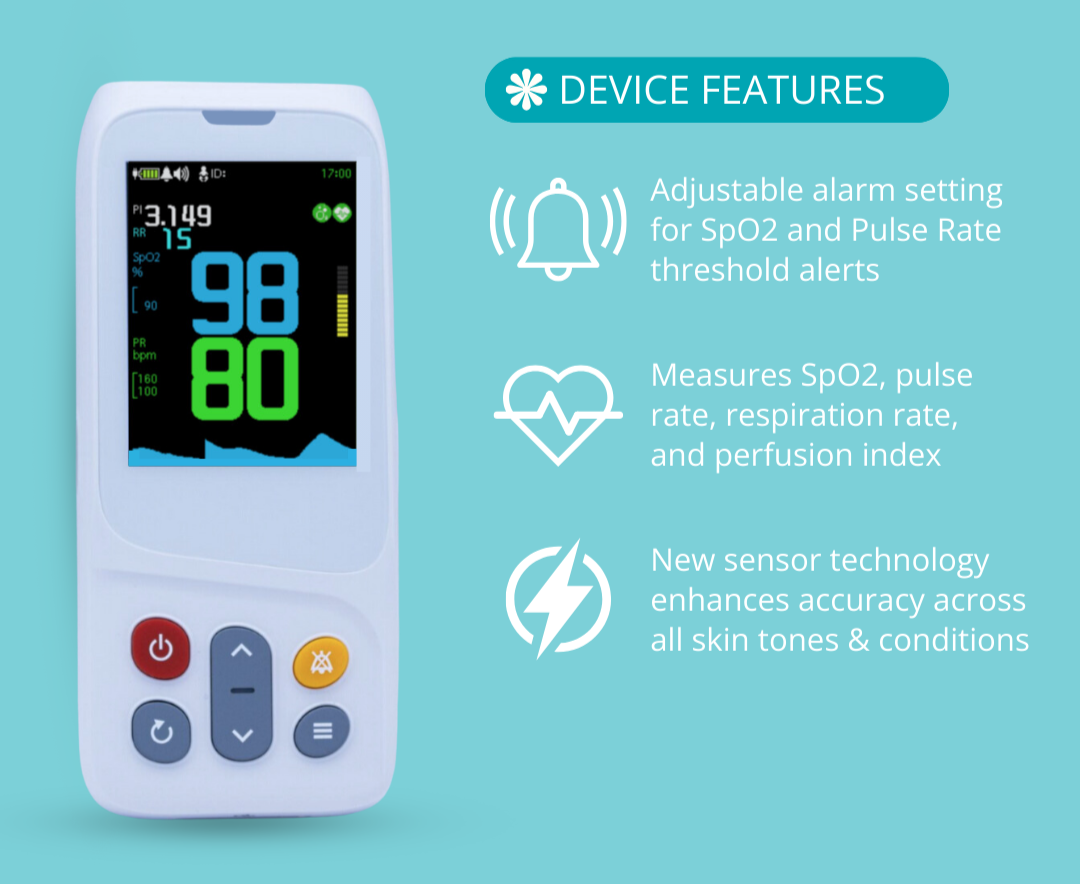
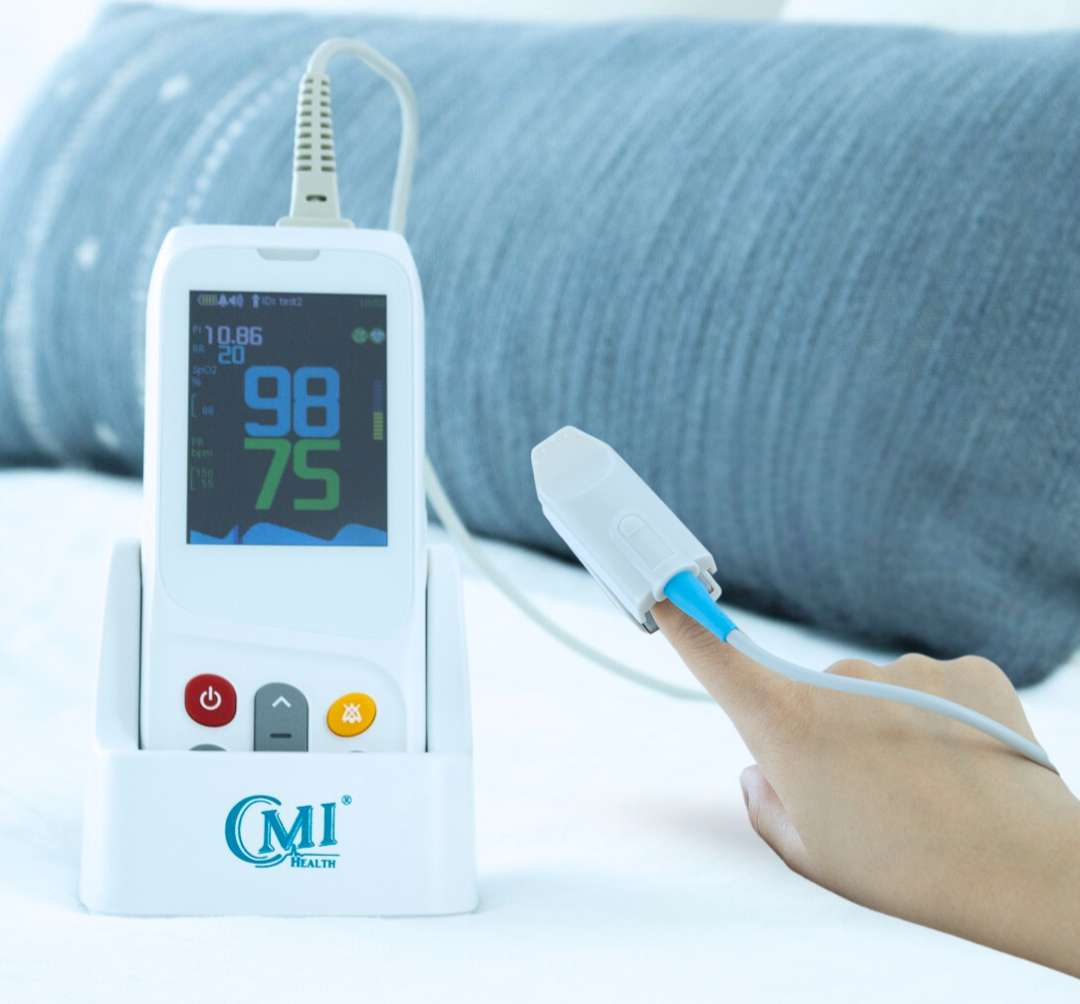
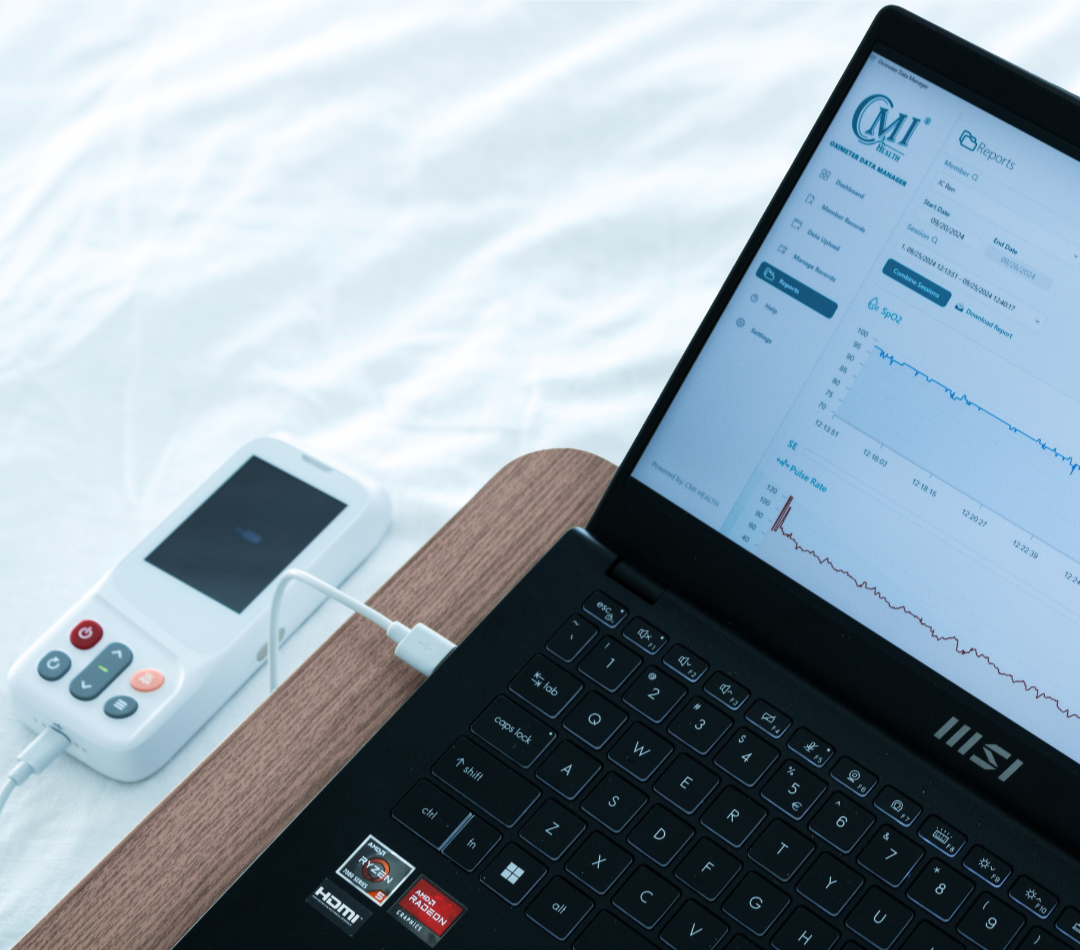
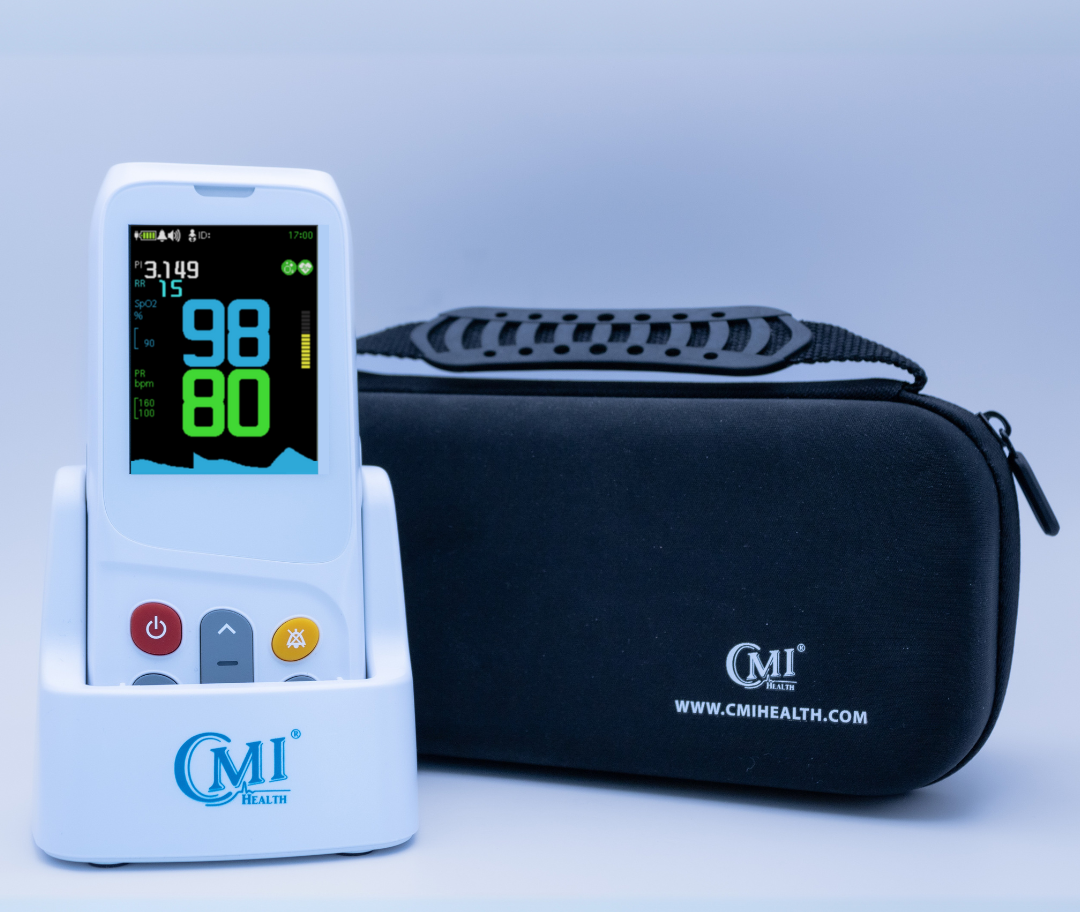
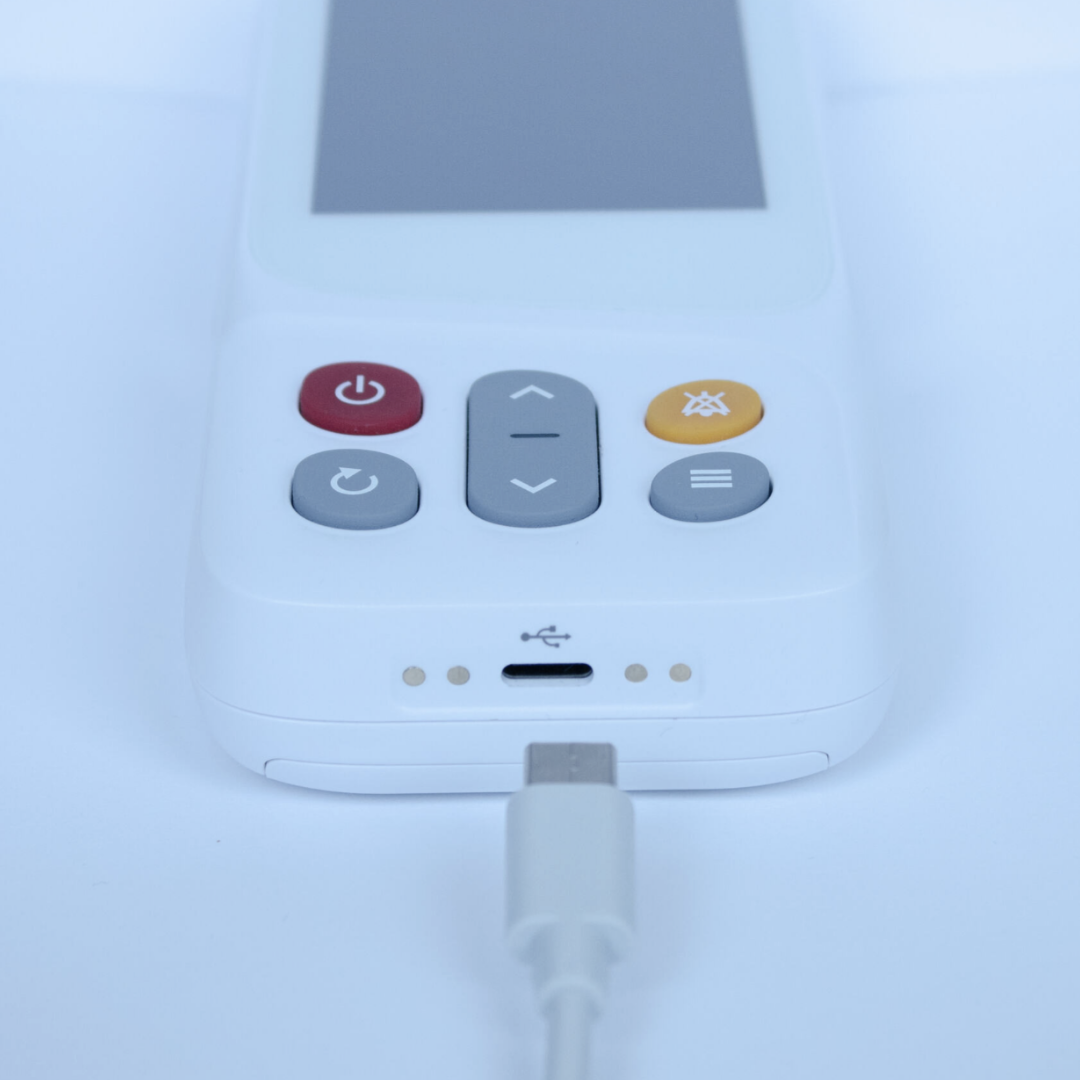
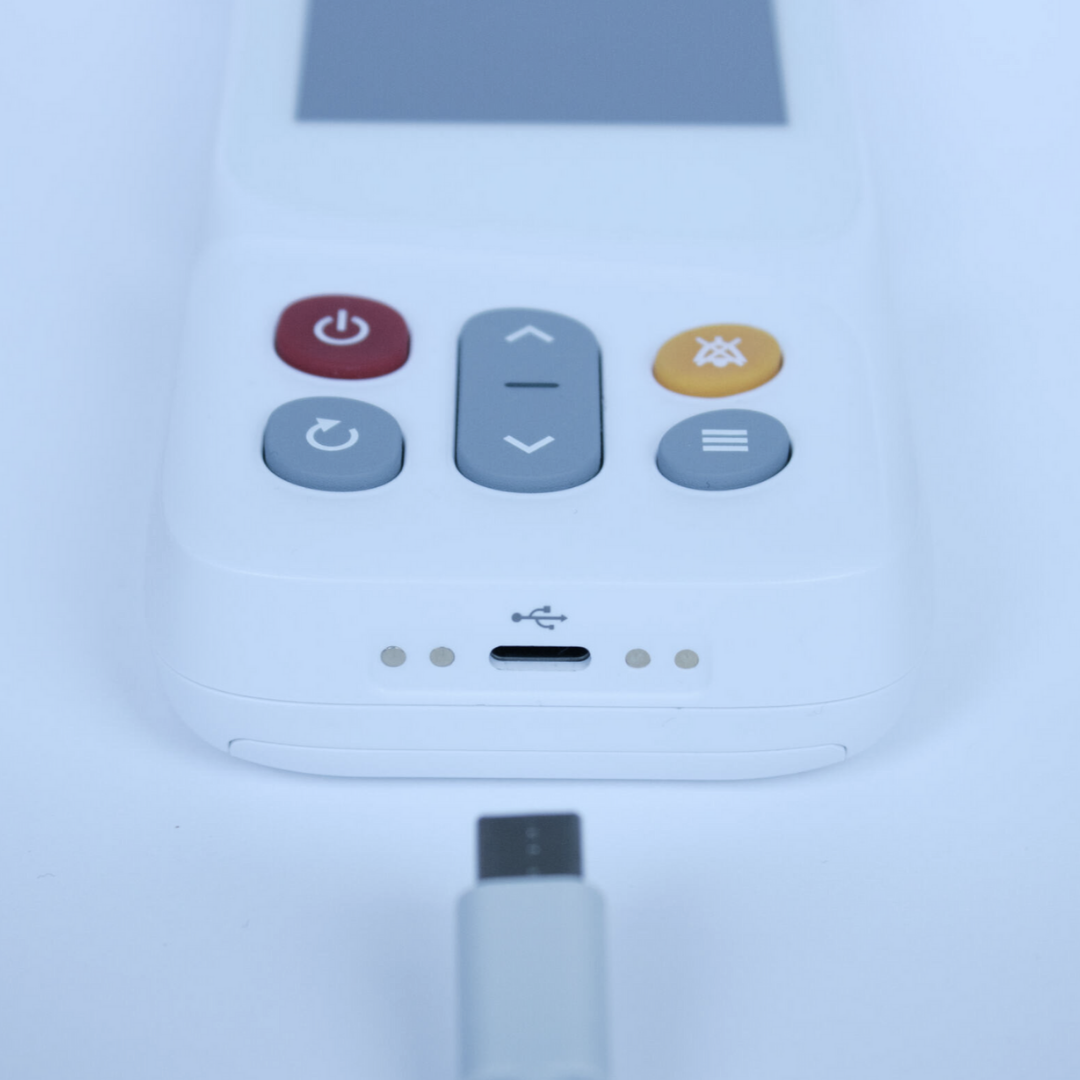
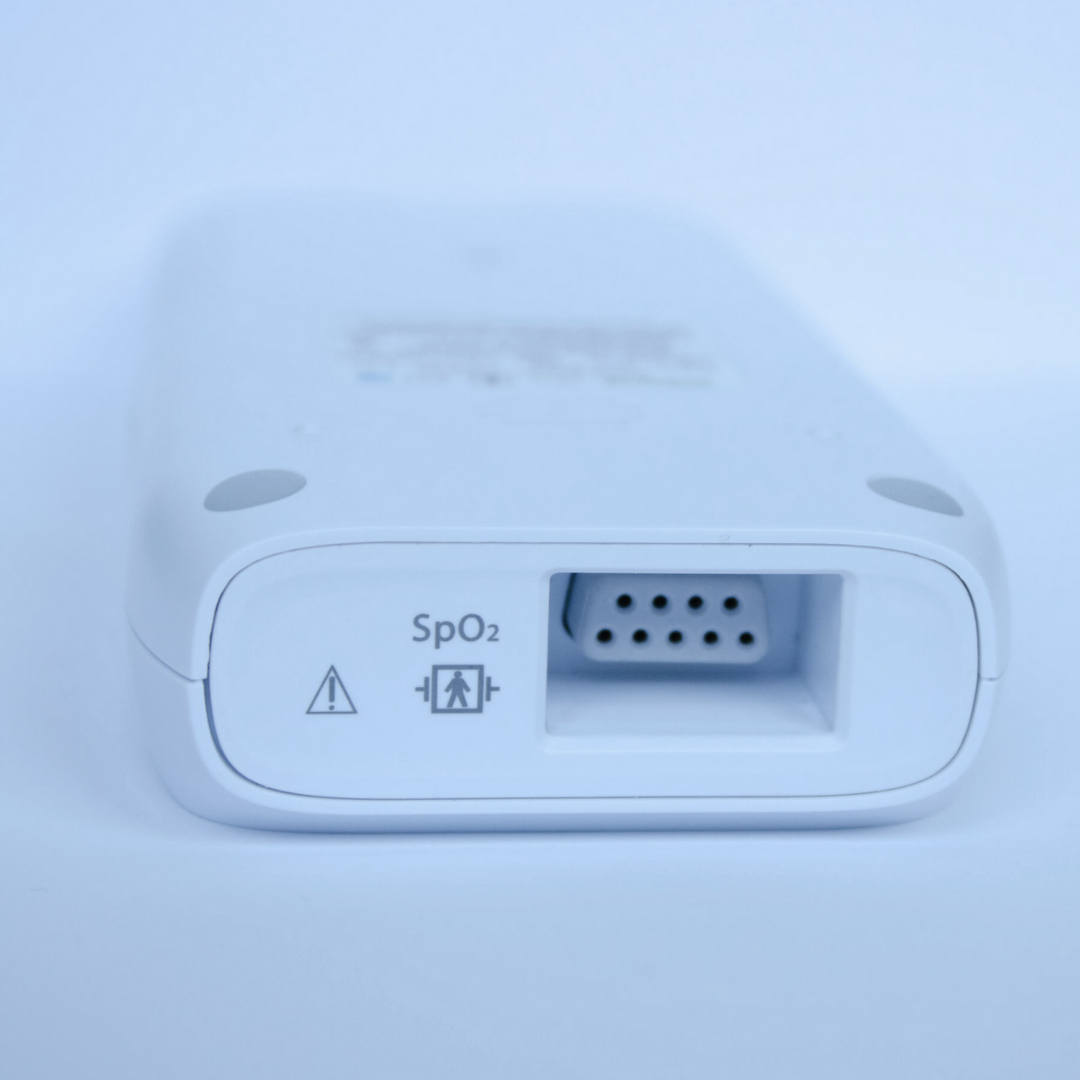
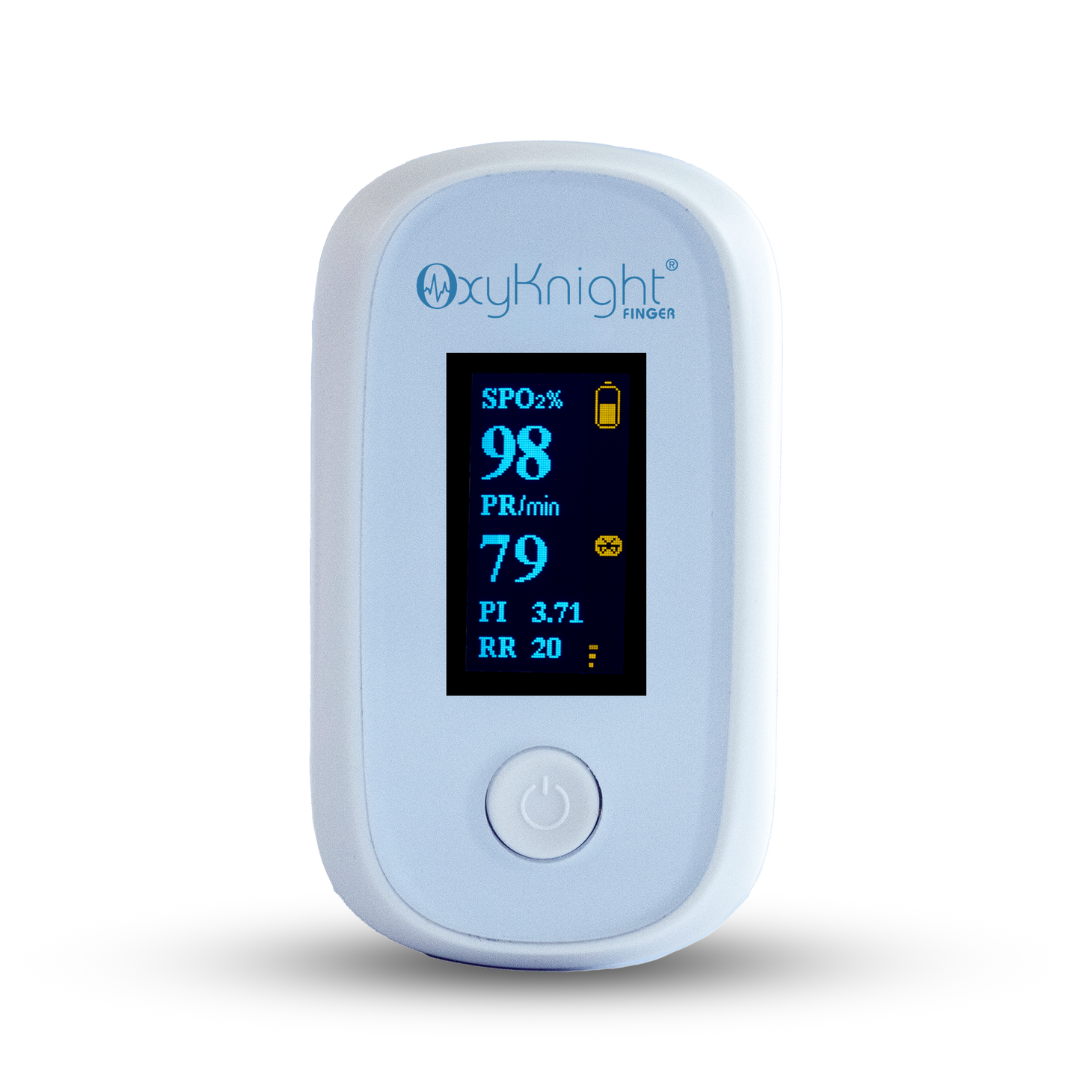












Leave a comment